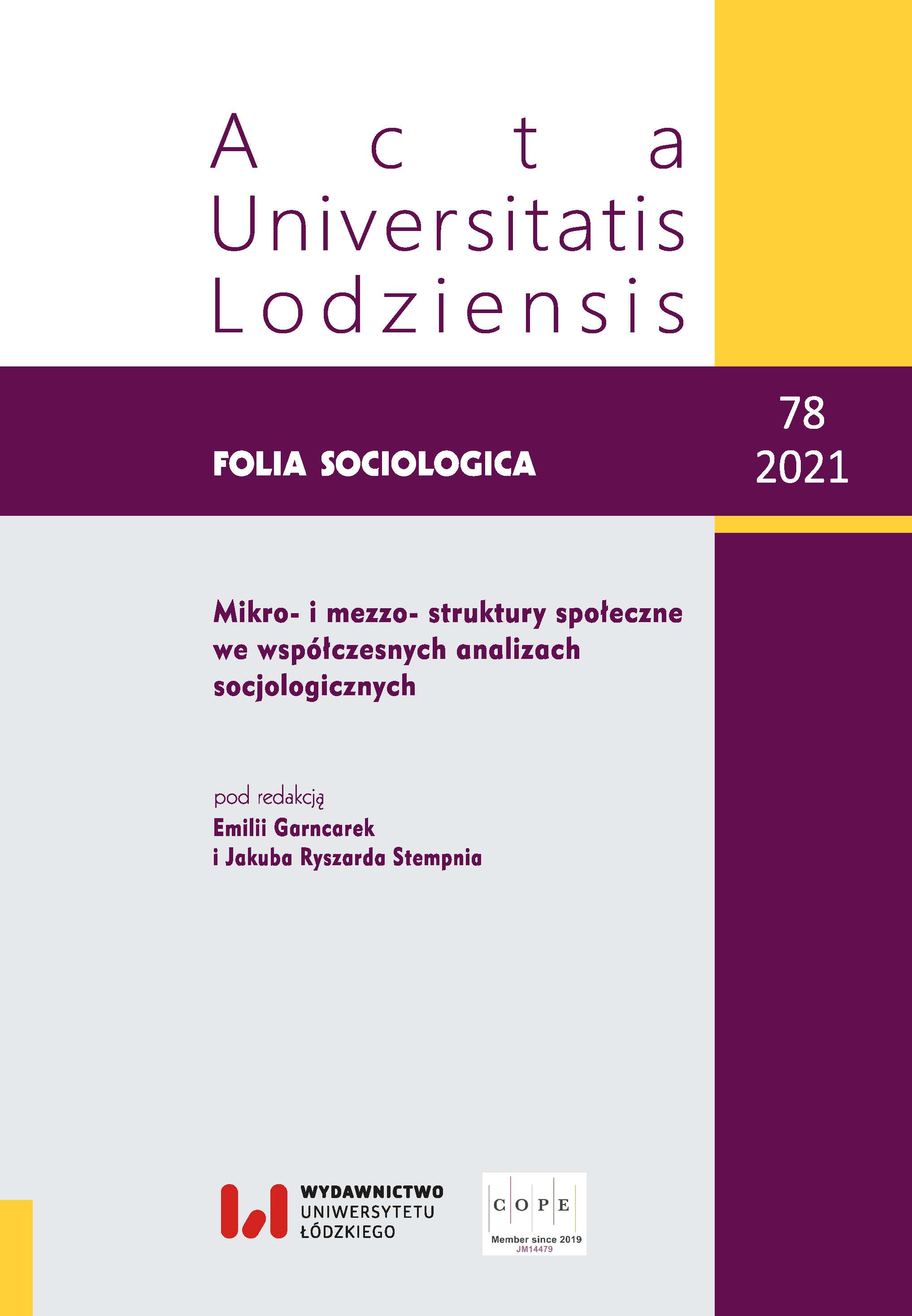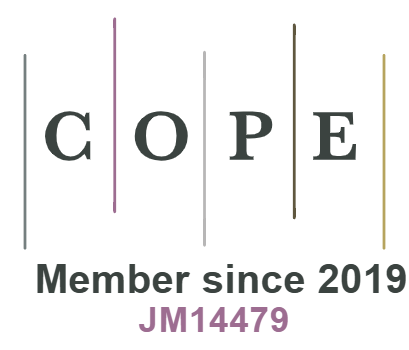“Candidate strength” and “motivation strength” as a multi-indicator, Comprehensive tool fordescribing the potential of candidates for higher education. Socio-methodological view
DOI:
https://doi.org/10.18778/0208-600X.78.02Keywords:
multivariate data analysis, candidate strength, motivation strength, academic youth, university recruitment, university, Online Candidates Registration systemAbstract
The text presents a proprietary tool for multi-indicator measurement of two basic categories created for the needs of the research project “Candidates for Toruń archeological studies”: candidate strength and motivation strength. The basis for the analysis are data collected in the process of student recruitment for studies at the Nicolaus Copernicus University in Toruń in the Online Candidates Registration system (IRK). As part of registering for studies, candidates provide a range of personal information regarding their previous education and also reveal their preferences regarding fields of study. A number of indicators were used to create candidate strength and motivation strength. The operationalization of such forces will allow a better understanding of the recruitment process, as well as its general specifics. The candidate’s strength is a value that describes, based on the data available to us, the intellectual and cultural potential of the candidate. By measuring this value, we get the answer to the question of whether a given candidate has a chance to be a scientifically strong student. The second category – the strength of motivation, answers the question to what extent the candidate was determined to undertake a given field of study. Measuring this value dispels doubts about random choice of field of study and provides answers to questions about possible alternatives. The initial study concerned archeology, but the developed mechanism and method of analysis can be used to build the characteristics of all other fields of academic education.
References
Bardziejewska M., Brzezińska A., Hejmanowski Sz. (2004), Osiągnięcia i zagrożenia dla rozwoju młodzieży w okresie dorastania, [w:] A. Brzezińska, E. Hornowska (red.), Dzieci i młodzież wobec agresji i przemocy, Wydawnictwo Naukowe Scholar, Warszawa, s. 91–106.
Google Scholar
Czapiński J., Panek T. (red.) (2001), Diagnoza społeczna 2000, Rada Główna Polskiego Towarzystwa Statystycznego, Warszawa.
Google Scholar
Dejna D., Nalaskowski F. (2013), Publiczni, niepubliczni. Przełom, Wydawnictwo Naukowe Uniwersytetu Mikołaja Kopernika, Toruń.
Google Scholar
Dejna D., Nalaskowski F. (2015a), Background przyszłych pedagogów. Na podstawie badań nad młodzieżą planującą podjąć studia pedagogiczne oraz badań nad studentami kończącymi pedagogikę, „Przegląd Badań Edukacyjnych. Educational Studies Review”, nr 21(2) https://doi.org/10.12775/PBE.2015.048
Google Scholar
DOI: https://doi.org/10.12775/PBE.2015.048
Dejna D., Nalaskowski F. (2015b), Plany edukacyjne młodzieży z Grudziądza i okolic: raport z badań, „Przegląd Badań Edukacyjnych. Educational Studies Review”, nr 20(1) https://doi.org/10.12775/PBE.2015.035
Google Scholar
DOI: https://doi.org/10.12775/PBE.2015.035
Dejna D., Nalaskowski F. (2020a), Potencjał badań edukacyjnych bazy danych Internetowej Rejestracji Kandydatów – metoda analityczna desk research, „Kultura – Społeczeństwo – Edukacja”, nr 2, s. 423–455 https://doi.org/10.14746/kse.2020.18.16.1
Google Scholar
DOI: https://doi.org/10.14746/kse.2020.18.16.1
Dejna D., Nalaskowski F. (2020b), Młodzież akademicka. Więzi z państwem i społeczeństwem – międzynarodowe badania porównawcze. Pomysł, warsztat metodologiczny i przebieg badań, „Przegląd Pedagogiczny”, R. 65, nr 2(256), s. 103–124 https://doi.org/10.31338/2657-6007 kp.2020-2.6.
Google Scholar
DOI: https://doi.org/10.31338/2657-6007.kp.2020-2.6
Iwasiewicz A. (1999), Zarządzanie jakością. Podstawowe problemy i metody, Wydawnictwo Naukowe PWN, Warszawa–Kraków.
Google Scholar
Piotrowski K., Wojciechowska J., Ziółkowska B. (2014), Rozwój nastolatka. Późna faza dorastania, [w:] A.I. Brzezińska (red.), Rozwój w okresie dzieciństwa i dorastania, seria I, t. 6, Instytut Badań Edukacyjnych, Warszawa.
Google Scholar
Uniewska A. (2013), O jakości pracy szkoły, Wydawnictwo Naukowe Uniwersytetu Mikołaja Kopernika, Toruń.
Google Scholar
Ziółkowski M. (1995), Pragmatyzacja świadomości społeczeństwa polskiego, [w:] Ludzie i instytucje. Stawanie się ładu społecznego, t. 2, Wydawnictwo Uniwersytetu Marii Curie-Skłodowskiej, Lublin.
Google Scholar
Ziółkowski M. (1999), Pragmatyzacja świadomości i pluralizm strategii przystosowawczych Polaków w latach 1988–1999, „Ruch Prawniczy, Ekonomiczny i Socjologiczny”, R. LXI, z. 3–4, s. 263–267.
Google Scholar
https://serwisy.umk.pl/dzorgan/z/nB8IDX/WNHist_2018_19.pdf (dostęp: 29.01.2019).
Google Scholar
https://www.umk.pl/kandydaci/niezbednik/faq (dostęp: 29.01.2019).
Google Scholar
https://isap.sejm.gov.pl/isap.nsf/download.xsp/WDU20180001000/U/D20181000Lj.pdf (dostęp: 13.04.2021).
Google Scholar
Downloads
Published
How to Cite
Issue
Section
License

This work is licensed under a Creative Commons Attribution-NonCommercial-NoDerivatives 4.0 International License.










